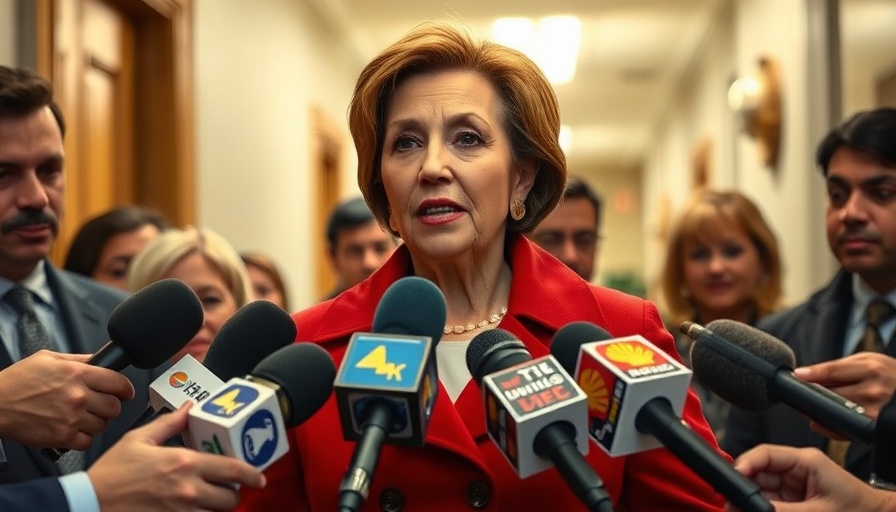
The Allegations Behind Resignation: A Toxic Work Environment
Last September, a stunning wave of resignations rocked the Mountain View High School (MVHS) Robotics program, with ten adult mentors leaving amid allegations of a toxic workplace perpetuated by the leadership. These former mentors have come forward with serious concerns, illuminating an environment rife with bullying and hostility. One prominent claim involves Robotics President Stephen Massalt, who is accused of fostering an unhealthy atmosphere by belittling mentors and engaging in aggressive behavior.
The Impact of Leadership on Workplace Culture
Workplace culture is critical, as it can significantly influence employee morale and overall organizational effectiveness. In robotics organizations, where teamwork and collaboration are essential, a negative environment can stifle creativity and innovation. The recent events at MVHS demonstrate how the actions of leaders, whether intentionally or unwittingly, can create conditions that lead to high turnover and disengagement.
Diverse Perspectives on Leadership Styles
Leadership styles vary widely, and what works in one environment may not work in another. Many organizations advocate for transformational leadership, which inspires and motivates employees to exceed expectations. Conversely, the aggressive behavior exhibited by Massalt diverges starkly from this model, leading some mentors to label his actions as bullying. The resignation email from the mentors highlighted the importance of healthy leadership, emphasizing how detrimental poor management can be to the wellness of all team members.
Understanding the Consequences of Toxic Workplaces
A toxic workplace can have far-reaching consequences, including decreased productivity, increased turnover, and severe mental health issues. Reports suggest that employees in such environments frequently experience heightened stress and burnout, which can lead to anxiety and depression. The Robotics team resignations are a poignant reminder that organizations must prioritize emotional well-being to maintain a healthy, productive workforce.
The Role of Investigations and Accountability
The investigations conducted by both Mountain View High School and FIRST Robotics into the complaints made against the leadership deemed that no further actions were warranted. However, this conclusion has left many involved disheartened. Accountability in leadership is crucial, as failure to address toxic behaviors can perpetuate a cycle of negativity, impacting not only current team members but also future recruits. The closure of investigations without visible consequences poses concerns about the mechanisms in place to protect workers in such environments.
Revisiting the Importance of Mental Health in Robotics Teams
The robotics community should serve as a beacon of teamwork and support, where individuals can thrive creatively. With recent allegations surfacing, there is an undeniable urgency to evaluate the mental health policies and practices within similar organizations. How can teams better safeguard the dignity and wellness of their members? Integrating regular mental health assessments and promoting open dialogue about stressors can help establish a more supportive environment.
Taking Action: Navigating Workplace Challenges
As shocking as these events may be, they present an opportunity for reflection and proactive change in the workplace. Teams should seek to implement training focused on emotional intelligence and conflict resolution to preemptively address potential issues. Jessica, a robotics mentor, shared, “We can’t afford to ignore the signs. Keeping a healthy balance between passion for the project and the welfare of team members is paramount.” It serves as a reminder to all organizations about the need to cultivate a positive atmosphere and handle conflicts with care.
Conclusion: Embrace Change for a Healthier Workplace
The unfolding events within MVHS Robotics are a wake-up call. Toxic work environments are more than just detrimental to productivity; they affect people’s lives. It’s essential for organizations to acknowledge these issues, ensure fair accountability, and prioritize building a positive culture. As we navigate the future of work, let’s take a stand against toxicity. On a personal and communal level, everyone deserves a respectful and safe workplace.
 Add Row
Add Row  Add
Add 




Write A Comment